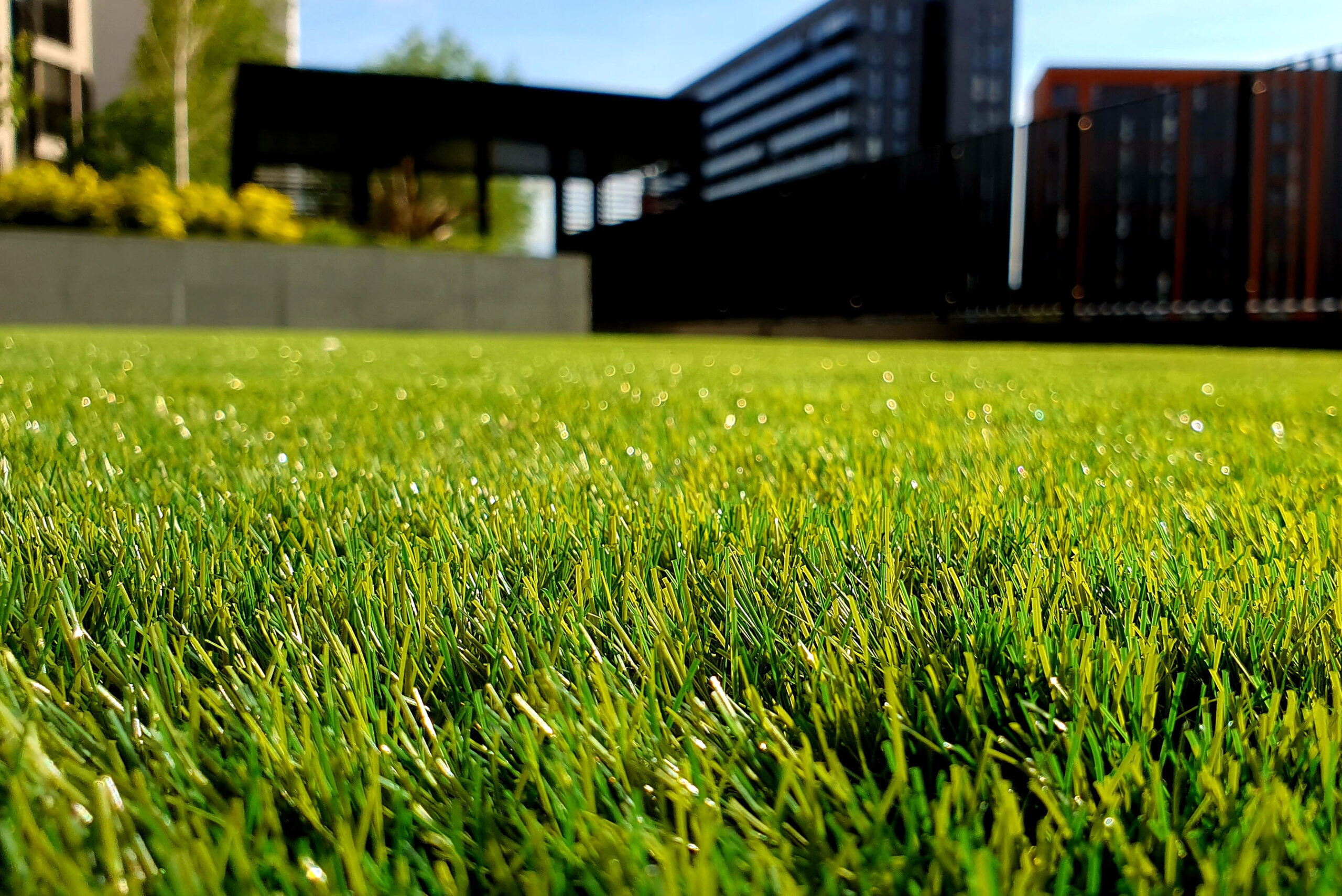The Pinnacle of Landscape Construction & Gardening Care
Enersec Pty Ltd is a Licensed Landscape Construction, Horticultural & Garden Maintenance Company in partnership with ‘Flower Power’ as a ‘Garden Care’ Franchisee. Professional & Experienced Landscape Construction Services, Landscape Design, Plant Establishment Programs, Plant Health, Garden Maintenance & Care. We can project manage your idea from start to finish.
Sculpt Your Perfect Retreat
Australia provides the perfect temperate weather conditions to really enjoy the open space your home offers. No matter the size of an area, you can always find a solution to turn your space in to an outdoor garden retreat. Whether your considering major structural landscape works, a total garden makeover, plant purchasing & advice or garden maintenance services, we have you covered with our Licensed & Experienced Team of Tradesmen.
Lawns & Turf
Whether you need advice on the most suitable Lawn to install or ongoing maintenance & health, we have you covered across all species of turf.

Plants
Our Partnership and Garden Care Franchise with Flower Power allows us access to some of the best plant knowledge in the country.

Paving & Block Works
We can design, advise and install any Natural Stone or Feature Concrete products for your Paving or Block Wall Project

Sculpt Your Perfect Retreat
Australia provides the perfect temperate weather conditions to really enjoy the open space your home offers. No matter the size of an area, you can always find a solution to turn your space in to an outdoor garden retreat. Whether your considering major structural landscape works, a total garden makeover, plant purchasing & advice or garden maintenance services, we have you covered with our Licensed & Experienced Team of Tradesmen.
Lawns & Turf
Whether you need advice on the most suitable Lawn to install or ongoing maintenance & health, we have you covered across all species of turf.
Plants
Our Partnership and Garden Care Franchise with Flower Power allows us access to some of the best plant knowledge in the country.
Pavers & Blocks
We can design, advise and install any Natural Stone or Feature Concrete products for your Paving or Block Wall Project




